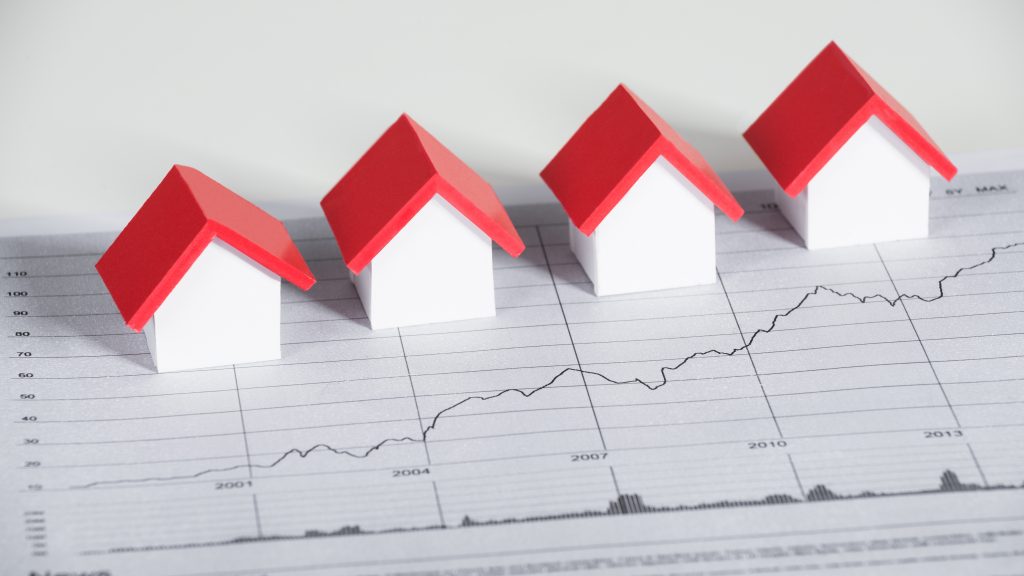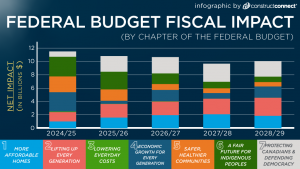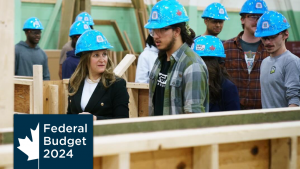Australian real estate is expensive. Prices have increased by so much and so quickly that most of the time, over the last eight years, the median house in Sydney has made more money (i.e., appreciated more in value) than the median worker at a full-time job.
Buying real estate in a hot location as an investment for both rental income and capital gains has become a modern Australian dream. The pursuit of this dream has triggered bidding wars with winners, in most cases being those who can afford higher leverage. Readily available debt financing at steadily decreasing interest rates has produced a constant increase in valuations resulting in multiple regional pricing bubbles.
Based on data from the Fitch Ratings index of Australian house prices, over the last 15 years, weighted average house prices for eight major cities in Australia have more than doubled, increasing from 71.7 points in June 2005 to 143.5 in December 2019 (with March 2012 set equal to 100). The highest increase in price has been observed in Sydney, followed by Melbourne, with those two cities reaching 166.4 and 150.4 points respectively in December 2019.
Location, location and location. This undying rule for choosing a house has been the basis of real estate decision-making everywhere and Australia is not an exception. Currently, most mortgages in the country are related to the purchases of existing rather than new houses. Over the years, construction and material prices have increased somewhat in line with inflation, but the value of land has skyrocketed, becoming a major contributor to the spike in real estate valuations.
According to the 16th Annual Demographic International Housing Survey for 2020, that analyzed 309 housing markets internationally, Australia has one of the most “severely unaffordable housing markets.” Based on the “mean multiple” approach, (the ratio of the median house price to the median household income), this year’s survey placed Sydney and Melbourne as the world’s third and fourth most expensive cities for residential real estate.
Readily available debt and dramatic declines in interest rates
Growth in real estate prices is driven by several factors, with the availability of low-cost credit and immigration having obvious effects. The dovish monetary policy consistently implemented by the Royal Bank of Australia (RBA) to support the country’s economic growth after the previous financial crisis of 2008 has coincided with dramatic real estate price escalation. In the last 12 years, RBA-set interest rates have dropped from 9.35 per cent in March 2008 to almost zero today.
According to the Trading Economics portal, “The Reserve Bank of Australia lowered its cash rate to an all-time low of 0.1 per cent from 0.25 per cent during its November 2020 meeting, as widely expected.”
A steady decrease in interest rates has improved the availability of credit resulting in a historically high indebtedness of the population. Most of the debt is tied to real estate. The country’s mortgage lending has risen to 80 per cent of GDP currently from around 20 per cent in 1990. Today, the average ratio of household debt to income in Australia is about 200 per cent. By comparison, Canada’s figure lately has been in a range of 160 per cent to 170 per cent.
Impact of sizable immigration focused on major cities
According to the article, The Impact of Immigration on Housing Prices in Australia, first published on Dec. 22, 2019 and quoted by the ResearchGate portal: “Australia has experienced high rates of immigration.
“Using data from the censuses in 2006, 2011, and 2016, we find that an immigrant inflow of one per cent of a postcode’s population raises housing prices by around 0.9 per cent per year.
“The effects of immigration on housing prices were larger in the more recent part of the period examined.”
Australian Bureau of Statistics and Fitch Ratings research indicates a significant increase in Australian net immigration from 2005 until the present. The 12-month rolling average for net immigration in March 2005 amounted to 118,100 people. This number reached approximately 210,600 people in December 2019.
According to the Australian Bureau of Statistics, 79 per cent of the country’s total population increase in 2017-18 occurred in the two largest cities, Melbourne and Sydney. In both urban centres, migration from overseas represented the majority of the population growth during the period.
Correction is likely as fundamentals are changing
As COVID-19 cases continue to grow globally, international immigration to Australia in 2021 is expected to slow down to historically low levels. In June 2021, 12-month rolling average net immigration is projected to drop to 34,600 people – the lowest number since 1993, as projected by Fitch Ratings and the Australian Bureau of Statistics.
Similarly, the overall annual growth of Australia’s population in June 2021 is forecast to slow to just +0.68 per cent, the lowest level for the last 30 years. These drastic pullbacks in immigration and population growth are likely to hurt Australian real estate prices.
At the same time, the pressure from a decrease in immigration is likely to be countered by increased liquidity from local banks and historically low (potentially even negative) interest rates. However, at the current level of interest rates, further monetary easing seems less likely to have a positive impact on, or even provide support for, real estate prices.
Dmytro Konovalov has over 10 years of experience in equity research and analysis for global markets at leading international financial institutions.











Recent Comments
comments for this post are closed